You may have read about the signal-to-noise ratio in a discussion or perhaps in a list of product specifications. This characteristic, which is sometimes abbreviated as SNR or S/N, may be confusing to the ordinary user. Although the math underlying the signal-to-noise ratio is complex, the idea behind it is simple, and it can affect a system's overall sound quality.
Definition of Signal-to-noise Ratio
The term "signal-to-noise ratio" describes the proportion of signal to noise in an electronic system or device. The terms "signal" and "noise" refer to the irregular extra signal (or information) that does not exist in the original signal generated by the equipment and the electronic signal from outside the device that needs to be processed by the device. The signal does not change as the original signal changes.
Although "original signal does not exist" and "distortion" are the same thing, they do actually have a relationship. The distinction between the two is that noise is irregular, but distortion is regular.
The signal-to-noise ratio is measured in decibels (dB), and it is calculated using the formula 10lg (Ps/Pn), where Ps and Pn stand for the effective power of the signal and noise, respectively, and can alternatively be expressed as a ratio of voltage amplitude: The "effective value" of the signal and noise voltages are represented as 20Lg (Vs/Vn), where Vs and Vn correspondingly. What we want from an audio amplifier is for it to simply amplify the signal without adding anything more. Consequently, the signal-to-noise ratio should be larger the better.
In a narrow sense, it refers to the ratio of the power of the output signal of the amplifier to the noise power output at the same time, which is often expressed in decibels. The higher the signal-to-noise ratio of the equipment, the less noise it produces. Generally speaking, the higher the signal-to-noise ratio, the lower the noise mixed in the signal, the higher the sound quality of sound playback, otherwise vice versa. Generally, the signal-to-noise ratio should not be lower than 70dB, and the signal-to-noise ratio of high-fidelity speakers should be above 110dB.
How Signal-to-Noise Ratio Work
It serves as a kind of balance beam between the power of your signal and the power of the noise. Your overall SNR number will be higher or lower depending on how high one value is in respect to the other.
SNR, in its simplest form, tells you how useable your signal will be.
The signal is clearer when the SNR value is higher. Gaussian noise, sometimes known as static, enters your network at lower values, and as the number approaches 1, the static grows worse. Your network's signal processing capabilities are hampered by the noise, which results in amplitude modulation and random noise. The signal loses use if the SNR value falls below one. This is referred to as the "noise floor."
Data corruption in signals near the noise floor may necessitate retransmissions between the transmitter and receiver. As a result of the retransmitted signals using up airtime in the wireless environment, this will reduce wireless throughput and latency. The data throughput of the channel likewise increases as SNR rises. This indicates that an increase in noise will cause the data throughput to drop for a given signal level. There is less room on the channel for the actual data being transmitted the more noise there is.
Depending on the ambient background noise, the noise floor changes. Making sure that the signal is strong enough to overcome all other types of interference is one of the major issues in delivering cellular, radio, and WiFi service. In such cases, increasing the signal strength will be beneficial.
Calculating the Signal-to-noise Ratio
SNR calculations might be straightforward or complicated, depending on the devices in question and the data you have at hand. Therefore, if your SNR data are already in decibel form, you may calculate your SNR by dividing the intended signal by the noise level: SNR = S - N. This is due to the fact that subtracting logarithms is identical to dividing regular integers.
Additionally, the SNR is equal to the number difference. You might measure a radio signal that is -30 dB in strength and a noise signal that is -90 dB, for instance. -30 - (-90) = 60 dB.
As I mentioned before, determining SNR can also be involved. The maker of a piece of equipment will have previously calculated and reported the signal to noise ratio, or SNR rate. If you need to figure out your signal to noise ratio, use the formula below:
SNR is equal to 10 log(signal power / noise power). Both signal power and noise power are measured in Watts and indicate the power of the respective signals and noise, respectively. Decibels are used to indicate the final SNR ratio.
Minimum Requirement of Signal-to-noise Ratio
What kind of signal you're working with determines whether or not you have a decent SNR value. In general, you want an SNR value that is as high as possible.
Here is a brief summary:
|
>10 dB to 15 dB |
Considered the bare minimum to create an unreliable connection |
| 15 dB to 25 dB |
Often regarded as the very minimum standard for establishing weak connectivity |
| 25 dB to 40 dB |
Seen as being good |
| 41 dB or higher | Regarded as outstanding |
Low signal-to-noise ratios cause considerable noise when a small signal is input, hence speakers with a signal-to-noise ratio of less than 80 dB are not advised. Subwoofers with a signal-to-noise ratio of less than 70 dB are also not advised for the same reason.
What is Audio Signal-to-noise Ratio?
Audio signal-to-noise ratio refers to the ratio of normal sound signal strength to noise signal strength when audio equipment is played. When the signal-to-noise ratio is low, the noise is serious when the small signal is input, I do not know what sound it is, which seriously affects the sound quality.
The signal-to-noise ratio is expressed by the logarithm of the ratio of useful signal power (or voltage) to noise power (or voltage). The unit calculated in this way is called "Bell". In practice, because the Bell unit is too large, it uses 1/10 of it as a unit of calculation, which is called "decibel". For portable DVD, the signal-to-noise ratio should be at least above 70dB (decibel) before it can be considered. This should be right.

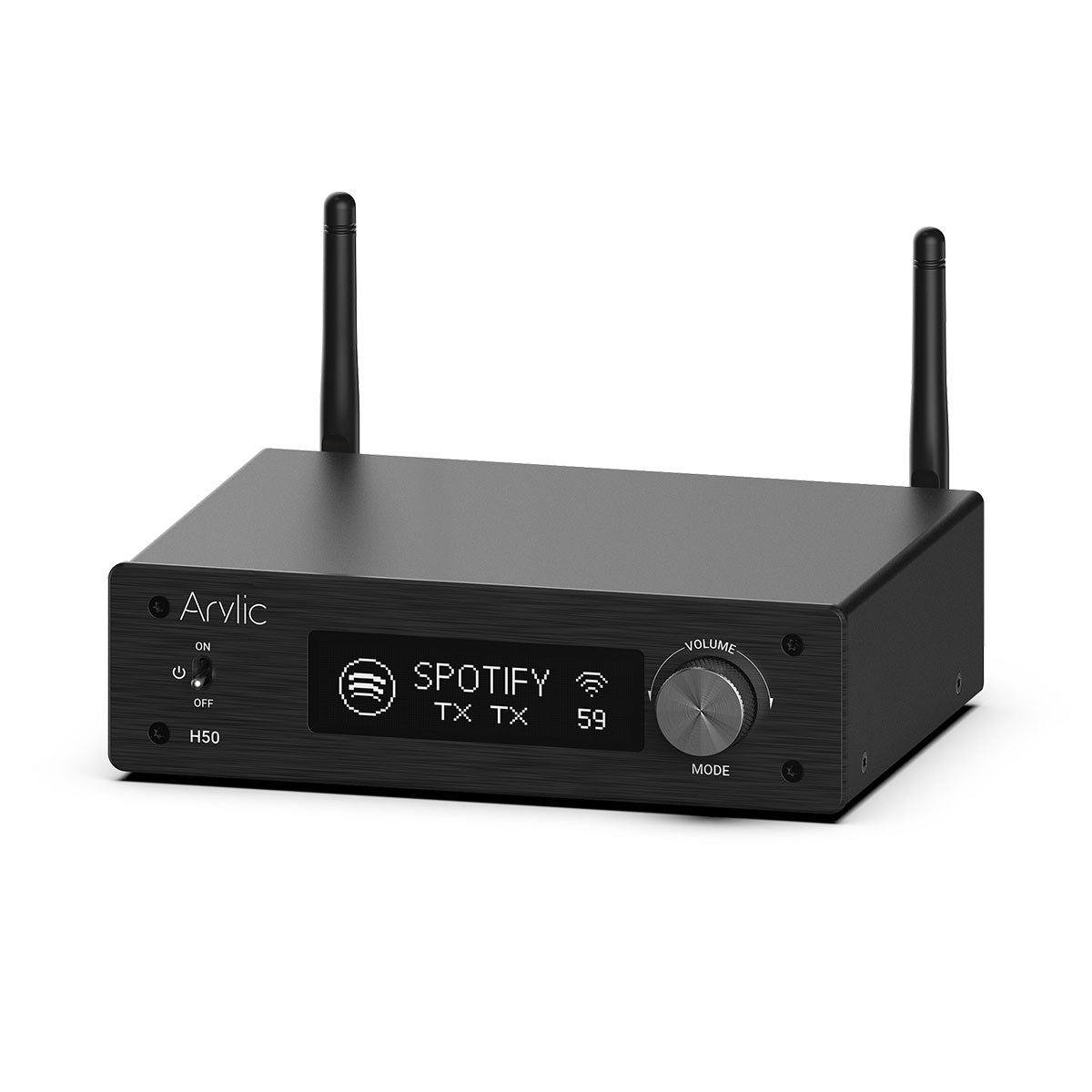

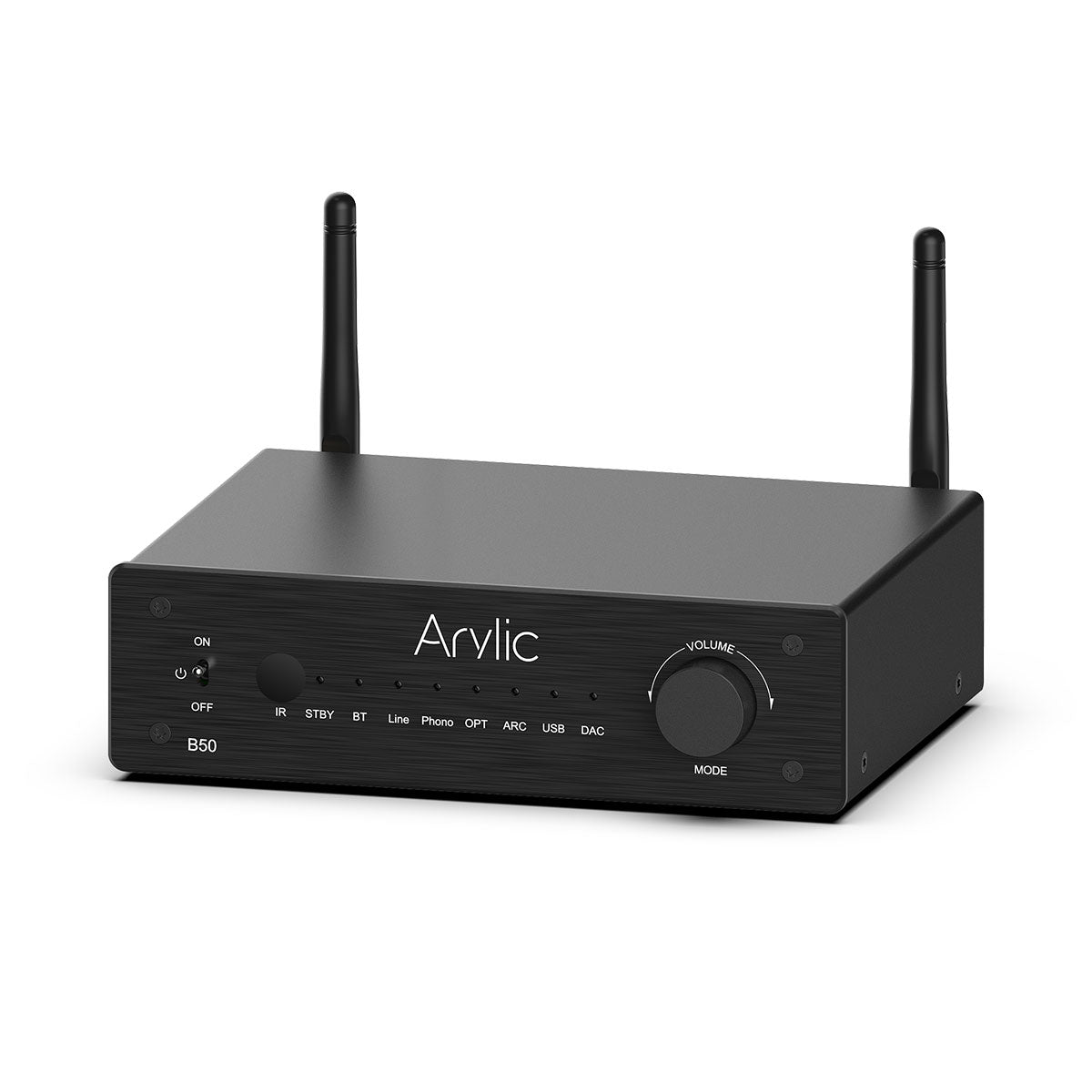
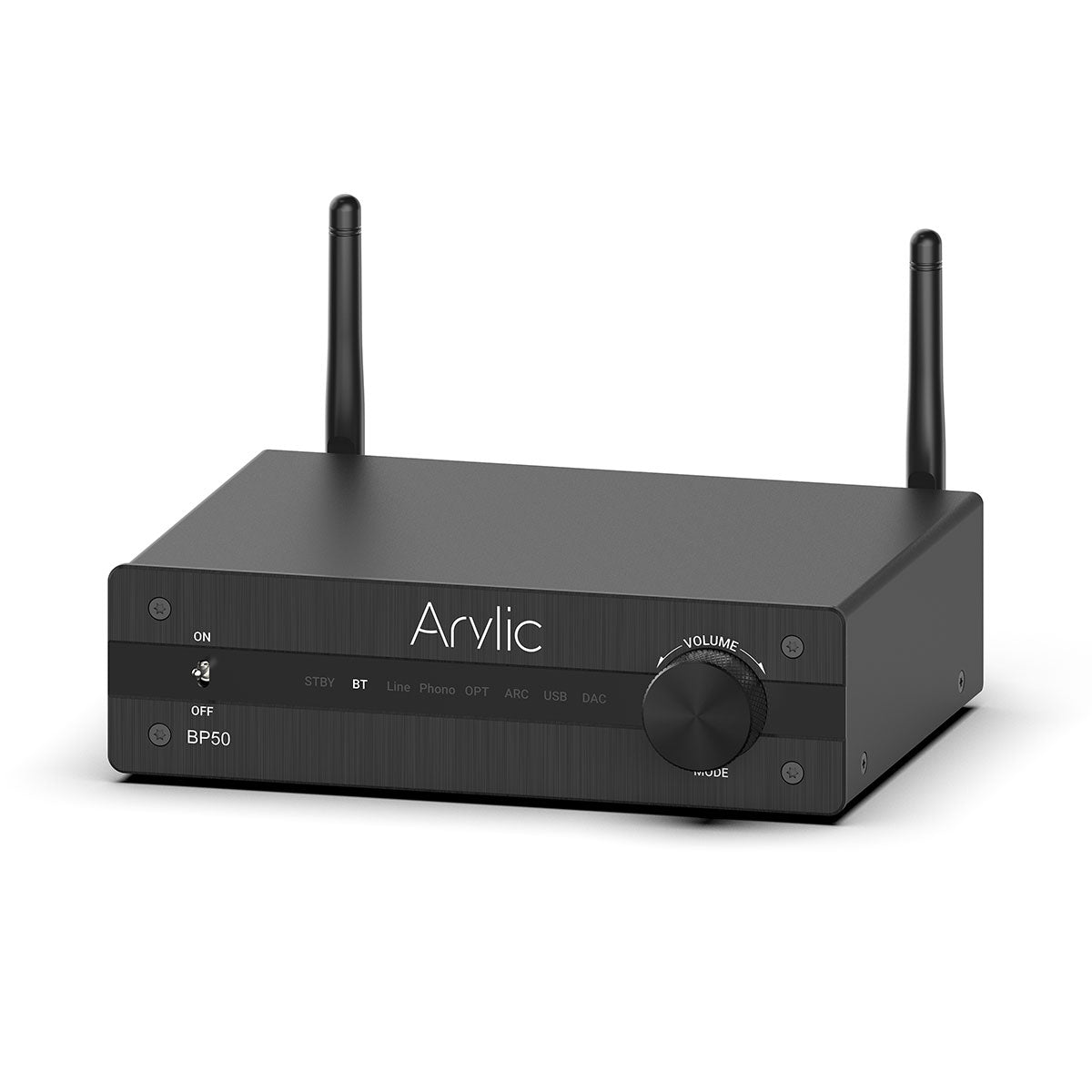
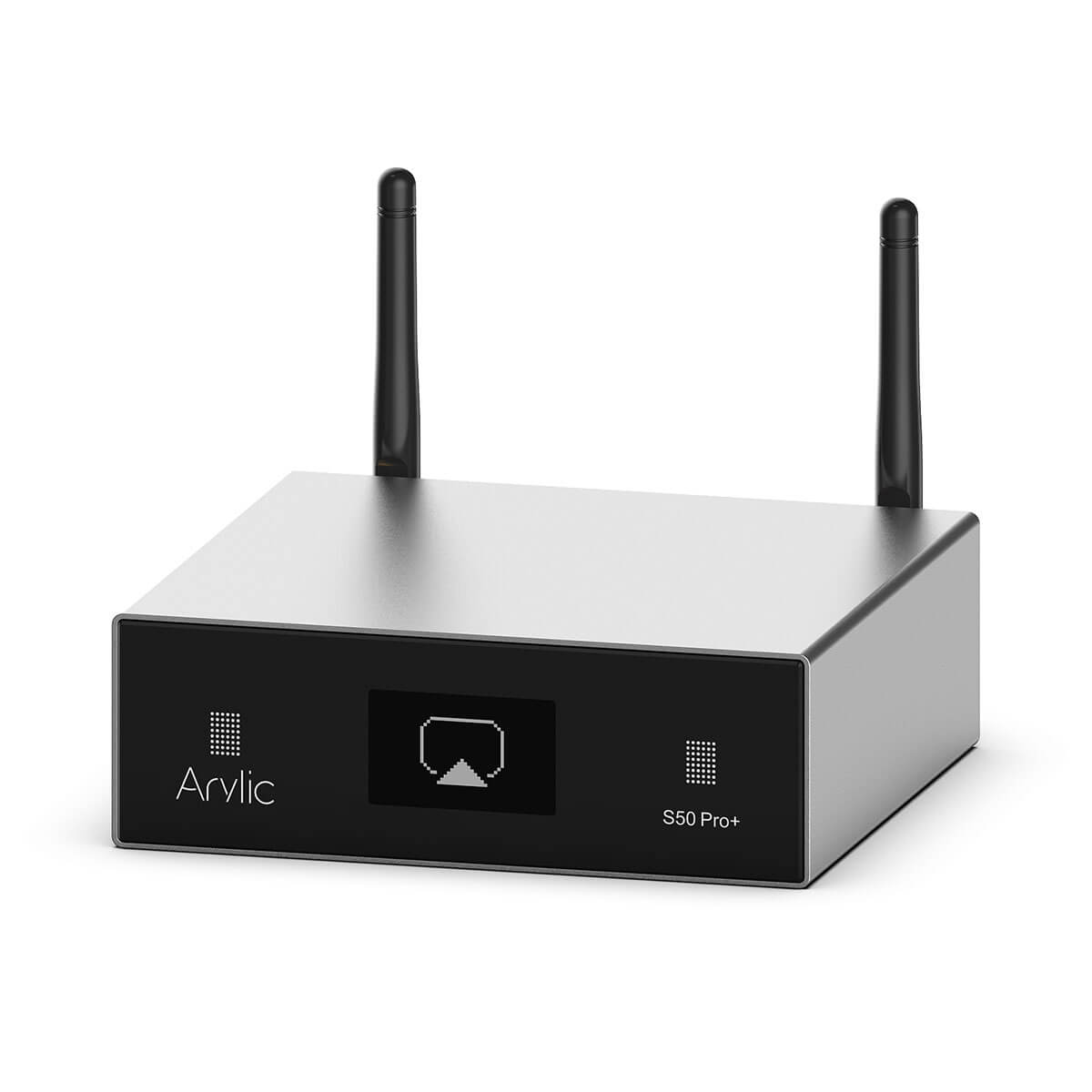
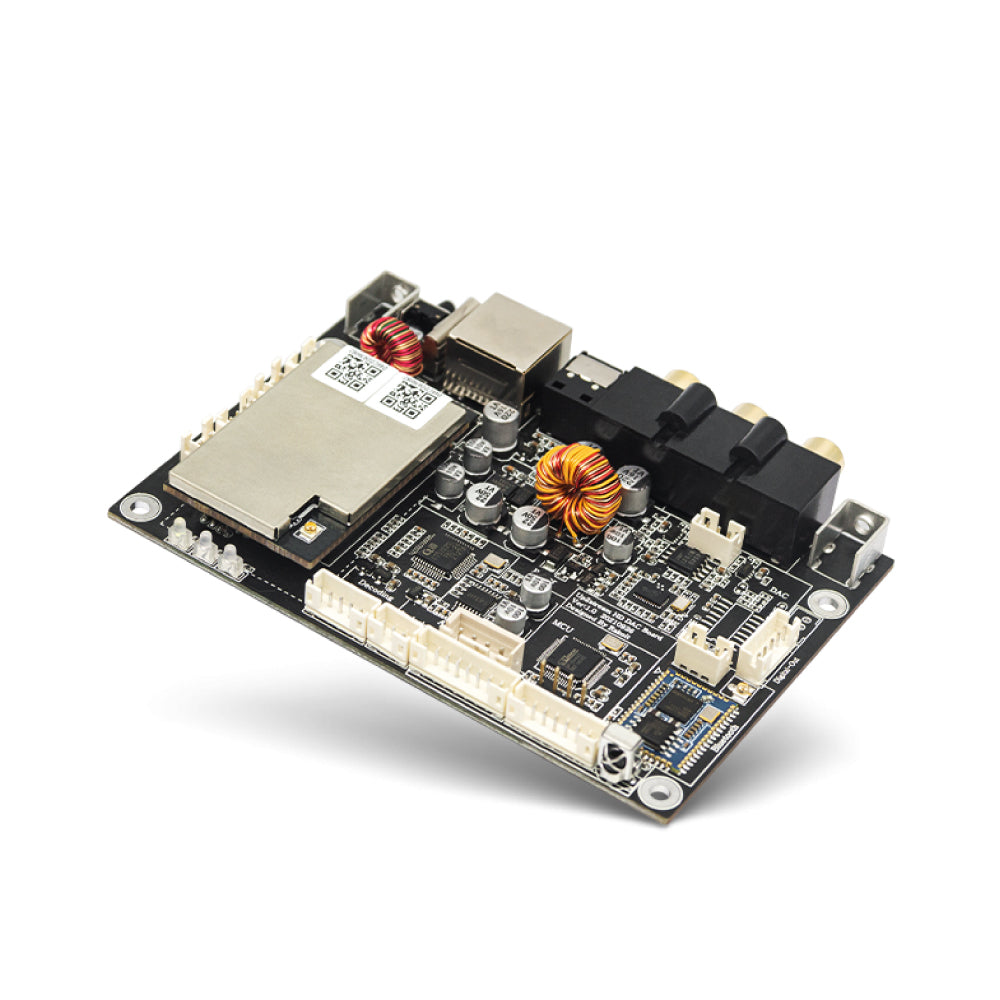
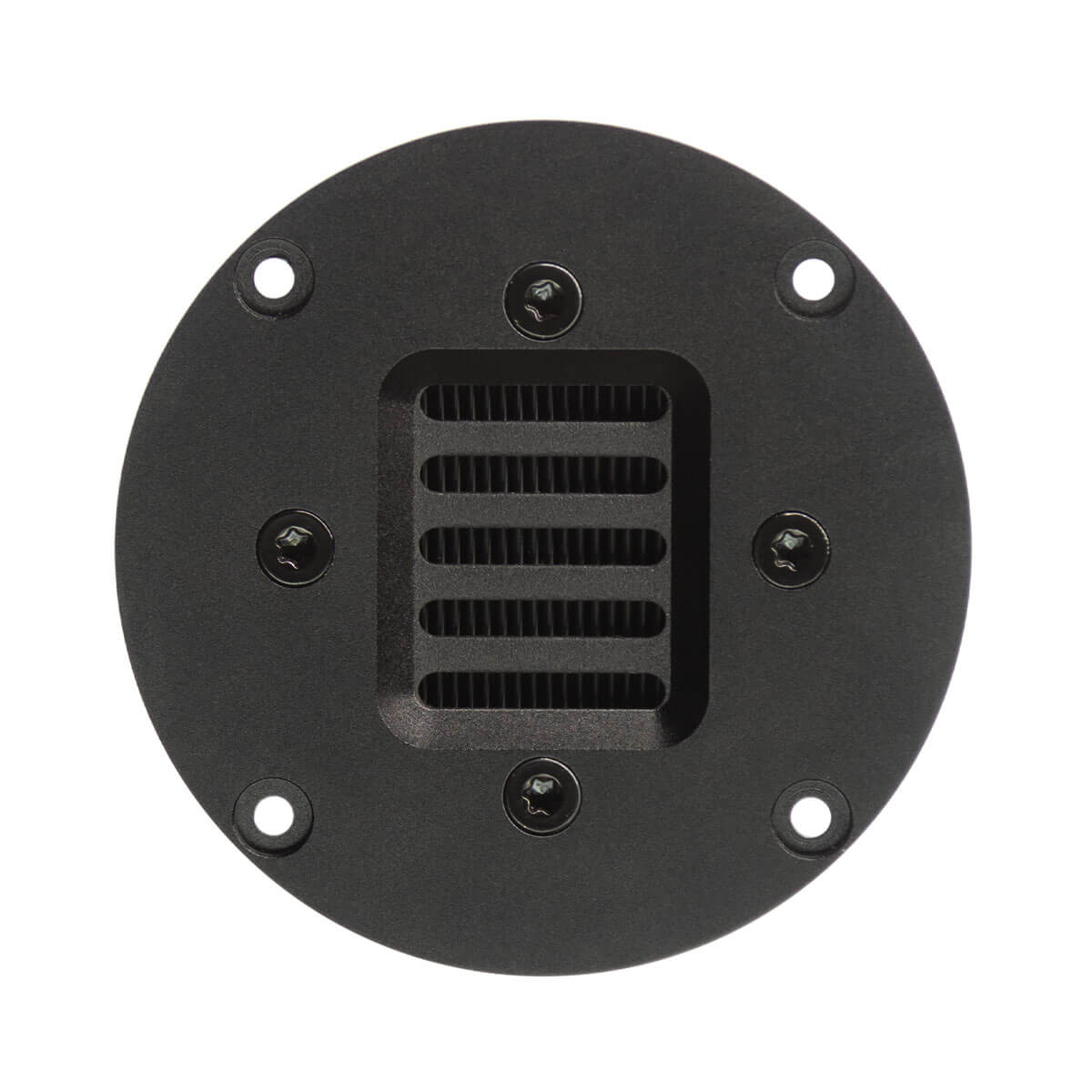
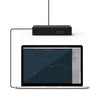
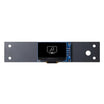
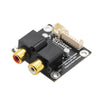
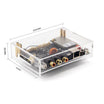
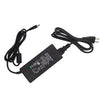
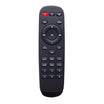
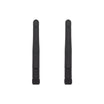
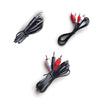
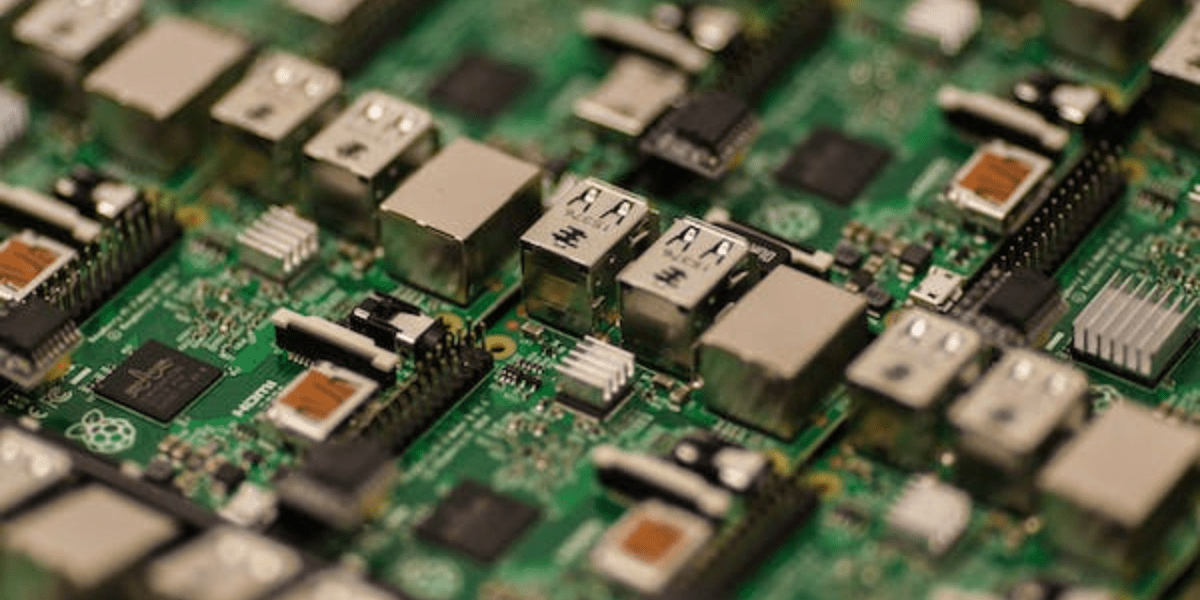
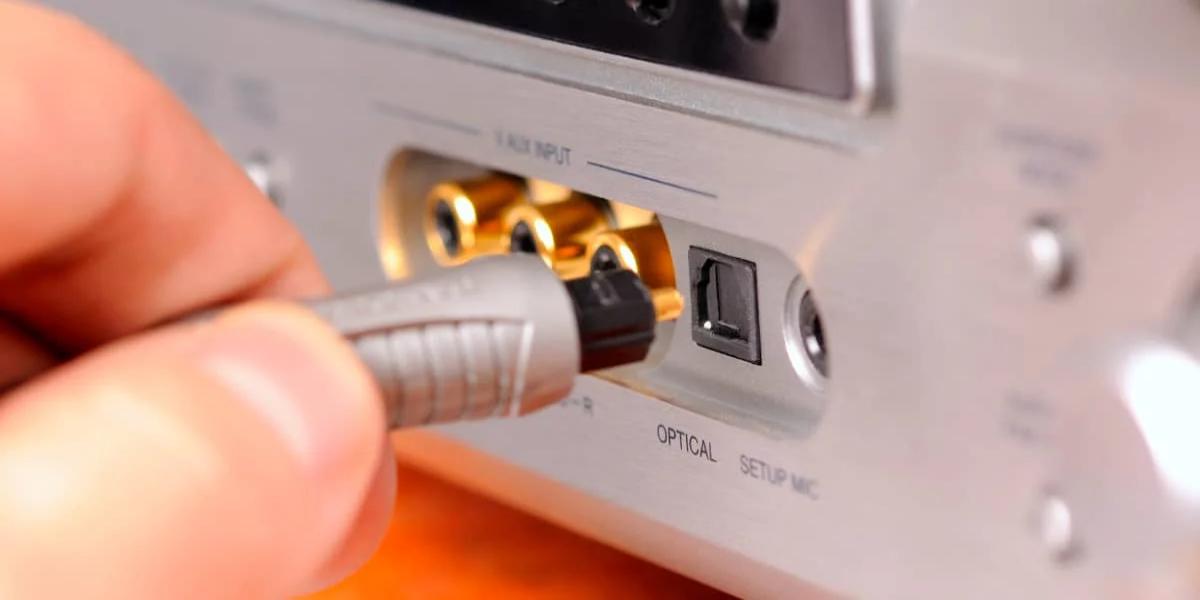
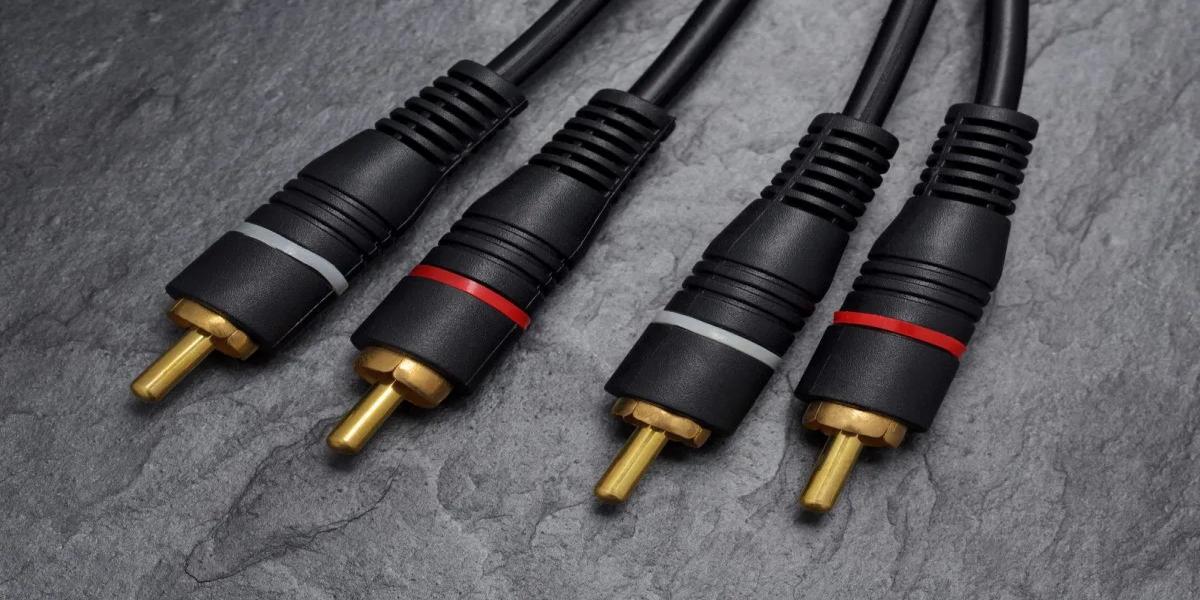
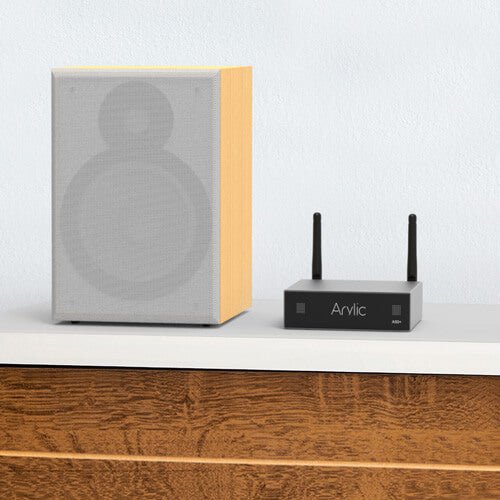
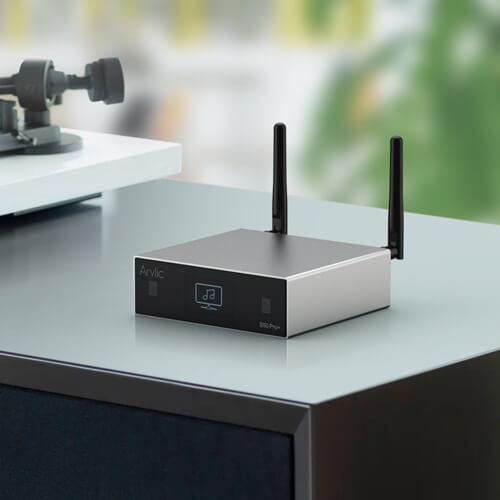
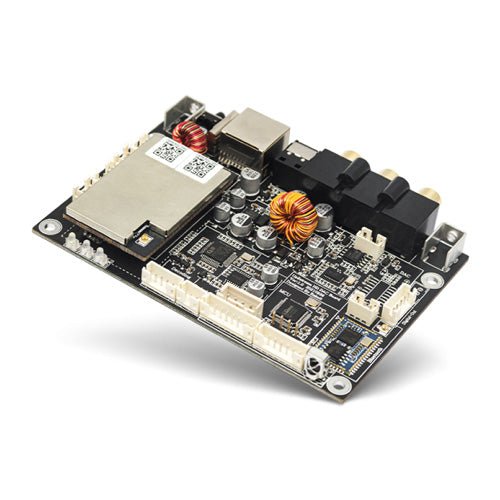

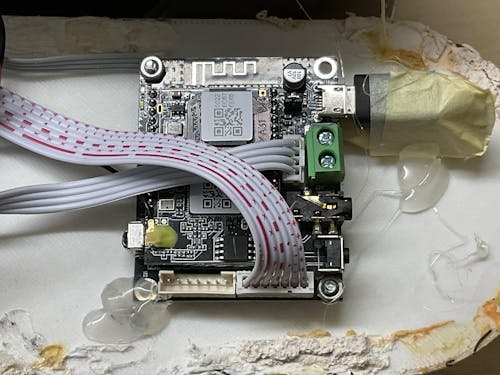

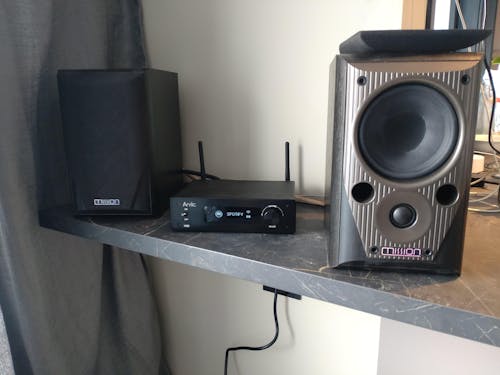
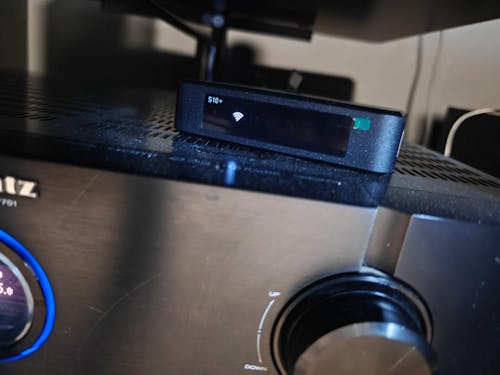
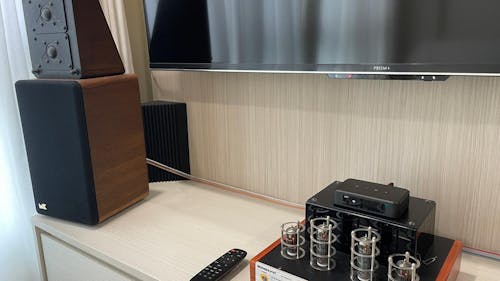
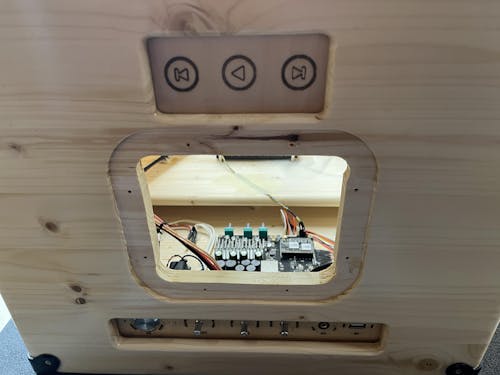
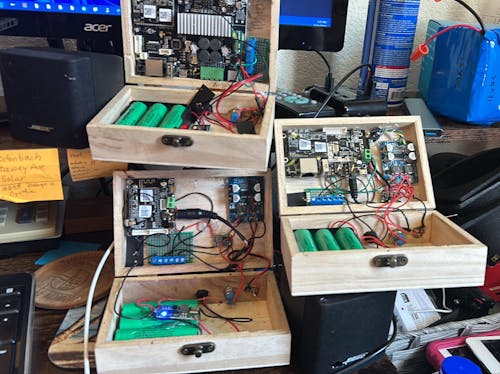
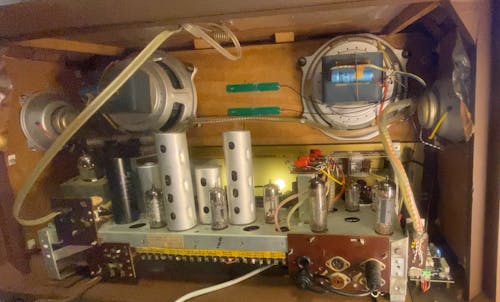
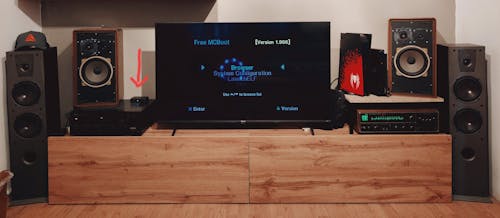


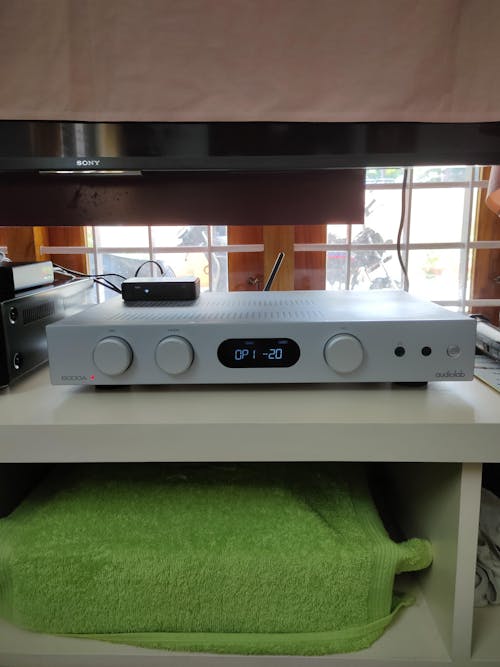
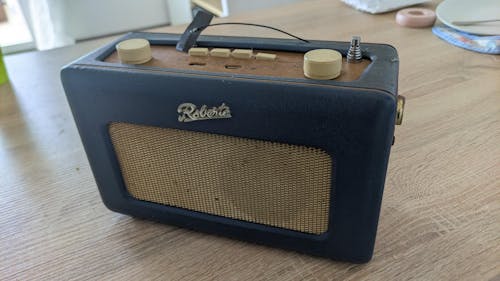
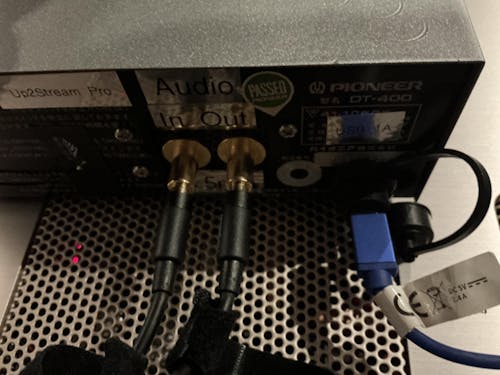
Leave a comment
All comments are moderated before being published.
This site is protected by hCaptcha and the hCaptcha Privacy Policy and Terms of Service apply.